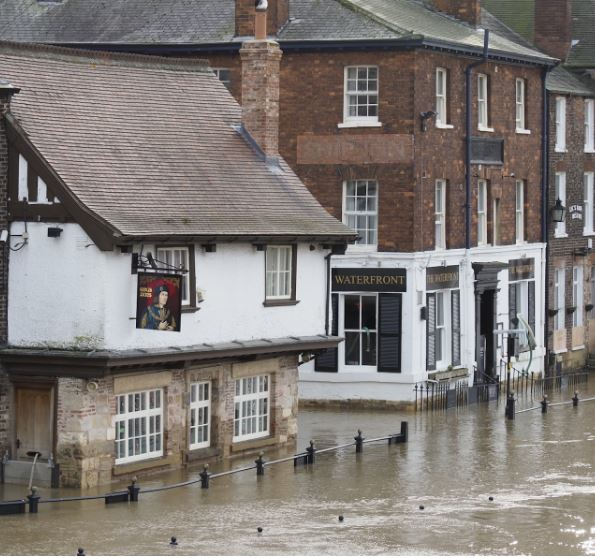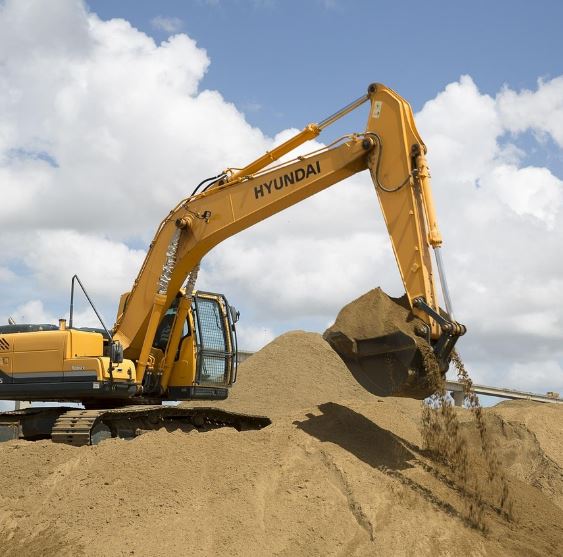Key Strategies for Managing Flood Water Damage in Homes

Are you ready to defend your home against devastating flood damage?
Millions of American homeowners face serious flooding issues annually. The aftermath of damage can be daunting yet recovery time can be shortened by employing effective strategies that limit harm.
The truth is…
The majority of homeowners fail to prepare adequately for floods which makes both their recovery process more difficult and costly.
What’s Coming Up:
- Understanding Flood Damage Impact
- Immediate Response Strategies After Flooding
- Professional vs. DIY Water Damage Restoration
- Preventing Future Flood Damage
- Insurance Considerations for Flood Events
Understanding the Impact of Flooding
Flooding devastates communities throughout America by creating severe economic disasters beyond mere inconveniences. Flooding accounts for 1% to 2% of the annual U.S. GDP according to new data while recent major floods caused damages that exceeded $20 billion in 2023.
Here’s something most homeowners don’t realize…
All fifty states experience floods which represent the most common and extensive natural disaster type in the United States. These events cause $8 billion worth of damage annually while affecting both coastal regions and inland areas.
The scope of this problem is enormous:
- Flood-related incidents affected more than 1.5 million people throughout the United States in 2023
- Floods create an annual financial burden ranging from $179.8 billion to $496.0 billion.
- Homeowners often find out later that their standard insurance policies exclude flood damage.
Immediate Response: The First 24 Hours Are Critical
When flood waters recede, every minute counts. Immediate response after floods can save significant restoration money by minimizing property damage.
Here’s what you must do immediately:
- Before entering a flooded home you should first check for structural damage and turn off electricity and gas while wearing protective gear.
- Take photos and videos of all visible damage before starting to clean up for insurance documentation.
- Use pumps, wet vacuums, and professional water remediation in Lancaster PA to extract water quickly, which helps prevent mold growth and structural damage.
- Begin the drying phase by setting up fans and dehumidifiers to dry walls, floors and furnishings.
- Saturated carpet padding, insulation, and drywall require prompt removal to prevent mold formation.
But here’s the thing…
Homeowners often commit critical errors during this stage by delaying water extraction too long or not adequately documenting damages for insurance claims.
Professional vs. DIY Restoration
Emergency clean-up leads to a critical choice between doing restoration work yourself or hiring experts.
When to Consider DIY:
- Minor water intrusion that hasn’t affected walls
- Clean water sources (not contaminated floodwater)
- No signs of mold growth
- You have proper equipment and knowledge
When to Call Professionals:
- Flooding that covers large areas or water that stays pooled for over 24 hours
- Water from unsanitary sources
- Visible mold growth
- Water intrusion has impacted electrical installations or structural components.
Specialized equipment enables professional restoration companies to perform their tasks effectively.
- Detect moisture in hidden areas
- Complete thorough water extraction
- Properly disinfect contaminated areas
- Speed up the drying process significantly
Incomplete drying must be avoided to prevent mold from developing. The use of professional-grade equipment enables drying time to be shortened from weeks down to days thereby decreasing the likelihood of secondary damage significantly.
Cleaning and Sanitizing After Flooding
Flood water is rarely clean. The water typically carries sewage, chemicals and various contaminants which create serious health threats.
Here’s a systematic approach to cleaning:
- Sort salvageable items: Determine what can be cleaned versus discarded. Mattresses and particleboard furniture which are porous materials must be disposed of.
- Disinfect thoroughly: You must apply suitable disinfectants to items that can be preserved while considering the type of surface.
- To clean hard surfaces use both hot water and a disinfectant.
- Wood furniture: May require specialized cleaning
- Electronics: Require professional cleaning
- Documents: May be salvageable through freeze-drying
- Address hidden contamination: Always remember to check cabinets, behind baseboards, HVAC systems, and beneath flooring for hidden contamination.
Even when the water disappears from sight humidity levels continue to stay high. It is crucial to keep dehumidifiers running until moisture levels stabilize at normal readings.
Dealing with Structural Damage
Flooding presents hidden structural threats to your house. Water weakens critical components of your home.
Key structural concerns include:
- Foundation problems develop when floodwater washes away soil around foundations and causes the structure to settle unevenly which results in cracks.
- Wall damage: Drywall wicks water upward. A minimal flood level of just a few inches can cause water damage that reaches much higher in the structure.
- Floor concerns: Different flooring materials react differently:
- Hardwood: May cup, warp or buckle
- Laminate: Often cannot be salvaged
- Carpet: Usually requires replacement with padding
Moisture meters are required to track the progress of the structural drying process. Framing cannot be safely determined to have returned to proper moisture levels based on visual inspection alone.
Preventing Future Flood Damage
The experience of flood damage pushes most homeowners to take steps to prevent similar incidents in the future. Smart strategies can dramatically reduce your risk.
Consider these preventative measures:
- By studying water movement patterns around your property you can discover its flood vulnerabilities.
- Reducing water intrusion requires extending downspouts and grading soil away from the foundation while installing French drains serves as a helpful method.
- Implement flood barriers using permanent flood walls and temporary window and door shields.
- You can protect your home from flood damage by moving electrical panels and HVAC systems as well as water heaters to areas that remain above flood levels.
- Interior modifications such as water-resistant materials and removable lower cabinets alongside elevated furniture help reduce future damage.
Having a flood emergency plan prepared ahead of time helps save crucial time during emergencies. Learn how to turn off utilities when needed and keep emergency supplies stocked while regularly updating your home inventory.
Insurance Considerations
Many homeowners become surprised by an important detail…
Most homeowners insurance plans fail to provide coverage for flood damage. The absence of flood damage protection exposes families to severe financial struggles when floods occur.
To properly protect yourself:
- Insurance companies make a distinction between water damage resulting from internal sources like burst pipes and flood damage caused by external water sources.
- National Flood Insurance Program (NFIP) policies offer homeowners in designated communities access to specialized flood insurance benefits.
- Standard flood insurance typically includes protection for building structures along with electrical systems, major appliances, and debris removal services.
- Homeowners need to understand that most insurance policies typically exclude coverage for basement renovations along with personal basement possessions and temporary living expense reimbursements.
New flood insurance policies usually require a 30-day waiting period before becoming active despite having good insurance. Secure coverage before storm warnings emerge.
The Role of Professional Remediation
Professional remediation services prove to be crucial when severe flood damage occurs. Expert remediation services deliver both specialized equipment and knowledge which lead to significantly better recovery results.
Professional water remediation companies offer:
- Professional remediation utilizes thermal imaging and moisture meters to detect water that isn’t visible.
- Professional grade extractors and dehumidifiers operate at higher speeds than standard consumer models.
- Scientific drying methods involve following proven protocols to ensure full structural drying.
- Mold prevention expertise involves using antimicrobial treatments along with determining which items can be restored.
Homeowners who live in areas susceptible to flooding gain peace of mind and benefit from quicker service when dealing with water damage by building connections with reliable water remediation companies.
Final Thoughts
Flooding stands as one of the most prevalent and expensive disasters that American homeowners face today. Flood damage management must take top priority as flooding incidents rise throughout the nation.
To achieve the best results against flooding damage homeowners should prepare in advance and ensure rapid response capabilities while securing professional help and proper insurance coverage together with preventative strategies.
The key to successful flood recovery lies in how quickly and completely you respond to the damage. Minimal secondary damage happens when water extraction and drying start quickly.







